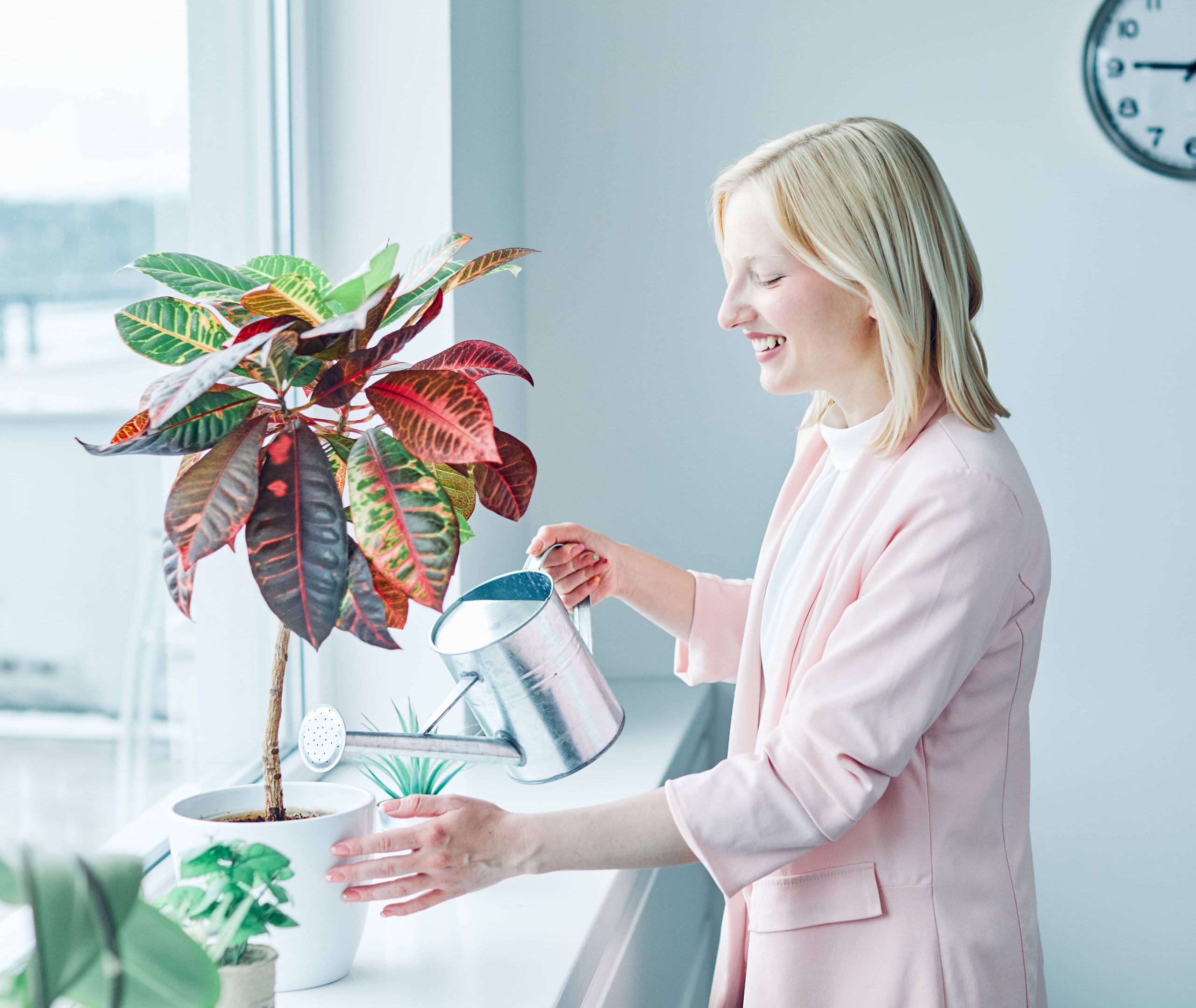
Indoor gardening is more than just a pastime for many—it’s a science. A delicate dance between variables where the primary lead is water, the essence of life. Too much or too little can spell the difference between a thriving indoor garden and a lifeless one. Understanding the science of indoor plant watering schedules is pivotal to your role as a caregiver of houseplants, ensuring they grow beautifully and healthily.
The Intricate Role of Water in Plant Life
Water is fundamental for plants, acting as a carrier for nutrients from the soil into the plant cells, maintaining cell turgor (structural firmness), facilitating photosynthesis, and regulating temperature through evaporation. When thinking about watering schedules, we must consider these factors to create an optimal environment for growth.
Understanding Plant Physiology
To comprehend watering effectiveness, one must delve a little into plant physiology. Plants take up water from the soil through their roots. This absorbed water travels upward through a plant via xylem vessels in a process called transpiration. Transpiration is critical because it’s not just about water loss; it’s also the driving force behind nutrient uptake.
Moreover, different plant species have different water requirements due to their physiological make-up. For instance, succulents have adapted to store water in their leaves, making them drought-resistant. Ferns, on the other hand, often come from humid environments and thus require more consistent moisture levels.
Key Factors Influencing Watering Schedules
1. Light Exposure: Plants in brighter locations generally need more water. Photosynthesis rates increase with more light, causing plants to transpire water faster. Thus, they need more frequent watering.
2. Humidity: Indoor environments often have lower humidity than the outdoors. In dry air, water evaporates faster from the soil surface and through plant leaves, necessitating more frequent watering. Conversely, in rooms with higher humidity levels, watering can be less frequent.
3. Temperature: Higher temperatures enhance evaporation and transpiration rates, raising a plant’s water needs. During colder months, plant metabolism slows down, reducing their water requirements.
4. Soil Type and Pot Material: The type of soil used affects how quickly water drains or is retained. Sandy soils drain quickly, while clayey soils retain water longer. Furthermore, clay pots allow water to evaporate through their walls, whereas plastic pots retain moisture longer.
5. Plant Size and Growth Stage: Larger plants or those in a vigorous growth stage require more water. Newly planted specimens or those in dormancy periods typically require less.
Crafting the Ideal Watering Schedule
1. Regular Observations: Become familiar with each plant type’s water needs. Observe changes in leaf color, vigor, and soil moisture to refine your approach. Signs of overwatering include wilting leaves, yellowing, and root rot, while underwatering might manifest as crispy leaf edges and dropping leaves.
2. Use a Moisture Meter: Investing in a moisture meter can offer reliable feedback about the moisture level at root depth, bypassing guesswork.
3. The Finger Test: Insert your finger an inch into the soil. If it feels dry, it may be time to water. However, for plants like succulents, allow the soil to dry out completely between waterings.
4. Frequent Adjustments: Change your watering frequency with the seasons. Growing seasons, typically spring through summer, call for more hydration than dormant periods like fall and winter.
5. Monitor Environment Changes: Watch for heating or air conditioning changes which can alter air moisture levels, adjusting watering schedules accordingly.
6. Water Quality: Tap water, especially if softened, often contains salts and chemicals detrimental to plants over time. If possible, use rainwater or distilled water for the best plant health outcomes.
Debunking Common Myths
– “The Top Needs to Stay Constantly Wet”: This myth can lead to overwatering. While it’s essential the root zone receives moisture, consistent dampness can suffocate roots, preventing oxygen intake.
– “All Plants Require the Same Schedule”: A one-size-fits-all approach doesn’t accommodate the diverse needs different plant species have.
Conclusion: The Art and Science of Watering
Balancing art and science, the craft of indoor plant care is profoundly rewarding. Each plant is unique, presenting its watery mystery to solve. By leveraging the physiological insights and environmental factors outlined above, you can refine your watering schedule to create a nurturing home for every green resident. Remember, even in science, intuition and patience play vital roles. The key is learning, observing, and adapting—ushering a world of verdant beauty into your living space, one watering at a time.













